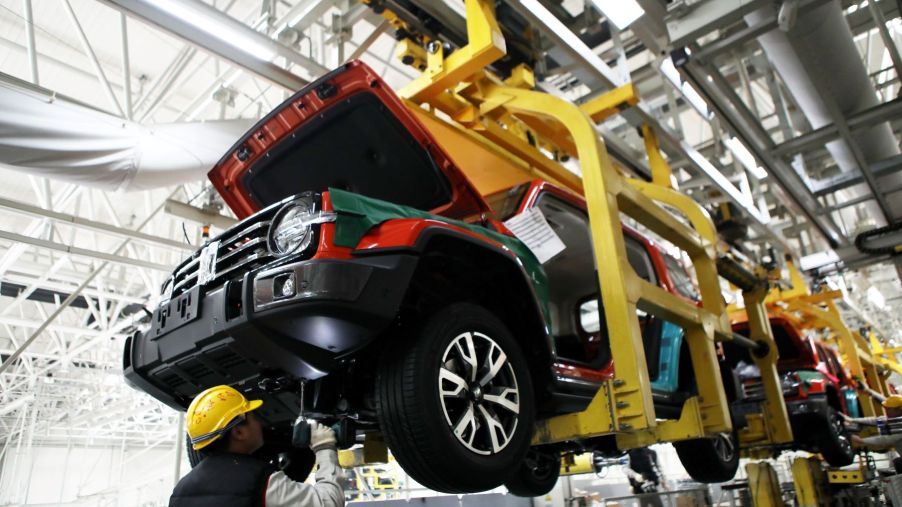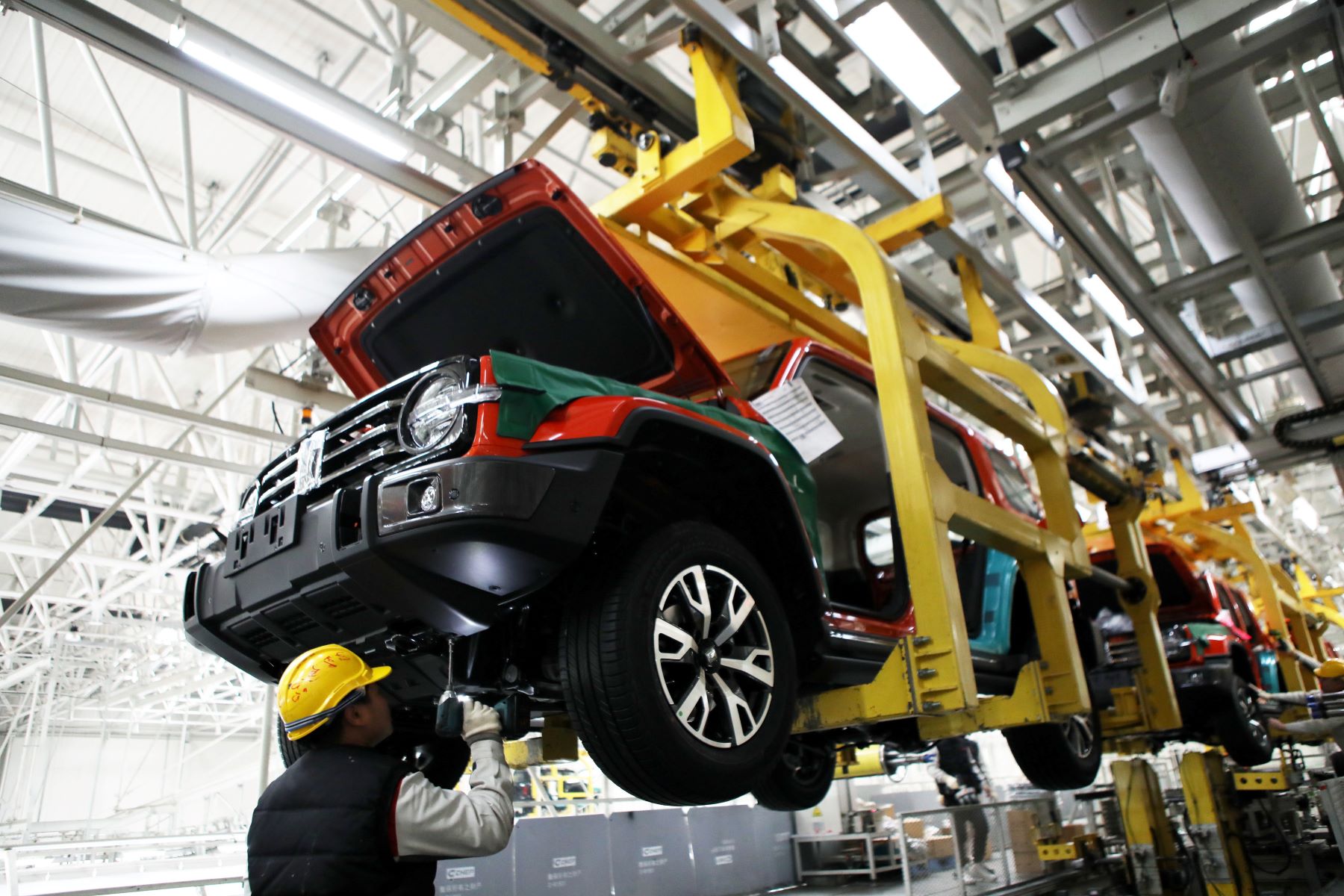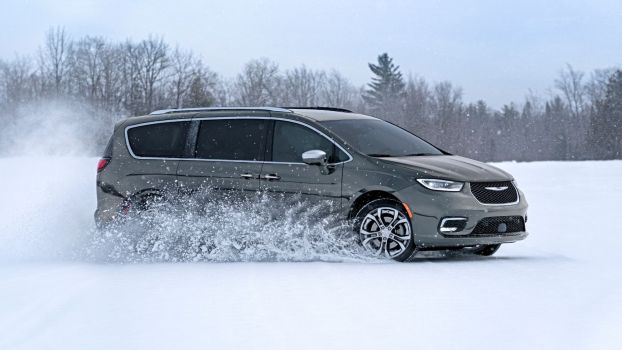
How Does a Transfer Case Work in a Part-Time Four-Wheel Drive (4WD) Vehicle?
You may know that a transfer case is part of a vehicle’s all-wheel drive (AWD) or four-wheel drive (4WD) system. While the transfer case operates without driver input in a full-time system, part-time 4WD systems require engaging the transfer case for additional traction. So how exactly does a transfer case work in a part-time 4WD system?
What does a transfer case do?

According to MotorTrend, a transfer case is “the single most important part” of a 4WD vehicle’s drivetrain as it is the one component that diverts power to all four wheels. First, the engine uses rotational force driven by burning fuel gasses pushing down on its pistons. Next, that rotation passes through the transmission and turns the transmission output shaft, which turns the transfer case input shaft.
Inside most transfer cases, a series of gears allows either a one-to-one or a gear-reduced rotation transfer to the drivetrain. Full-time AWD and 4WD systems are always engaged to send power to all four tires. However, transfer cases in part-time 4WD systems work differently.
How does a transfer case work in part-time 4WD systems?
Part-time 4WD systems, most common in SUVs and light-duty pickup trucks, require a physical input to engage the additional drivetrain components. Drivers deliver this input either electronically or with a manual shift lever. Electronic activation usually takes the form of a push button or knob on the dash or center console, while the shift lever is on the floor near the driver’s seat.
Once engaged, the part-time 4WD transfer case uses a chain drive to transfer power from the primary drive system to the auxiliary 4WD system. Additionally, most part-time 4WD transfer cases feature two speeds. The higher gear drives the two-wheel drive and 4-High 4WD system with a 1:1 gear ratio, while the lower gear is exclusively 4WD. Shifting the transfer case to 4-Low allows slower speeds and higher torque levels through gear reduction as low as 4:1, though that rate varies among transfer case types.
Types of transfer cases
In most passenger vehicles equipped with part-time 4WD systems, the transfer case is a two-speed chain-drive design housed in an aluminum case. The chain drive reduces the number of solid steel gears required and, combined with the aluminum case, allows the lightest weight possible. While the aluminum-case chain-drive units are lightweight, the design continues to prove dependable under usage in rugged off-road and on-highway driving.
Extreme off-road buggies and rock crawlers often employ more complex and robust transfer cases. With cases made from cast iron and solid steel gears in place of the lighter chain-drive systems, these specialized transfer cases often employ multiple gear ratios instead of the standard high/low configurations found in passenger vehicles. Some aftermarket transfer cases also feature swappable gears that allow gear ratio selection that matches specific needs during racing or rock-crawling competitions.
Some off-roaders might replace their stock transfer case with an expensive cast iron case with solid steel gears and multiple gear ratios. However, if cost is a consideration, they could employ an underdrive system that mounts between the transmission and existing transfer case and adds two gear ratio options in addition to the two-speed transfer case options.




